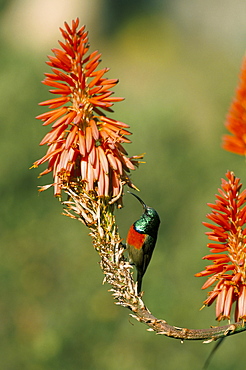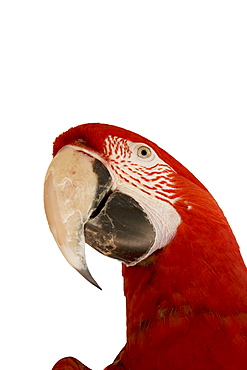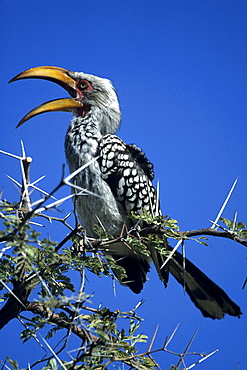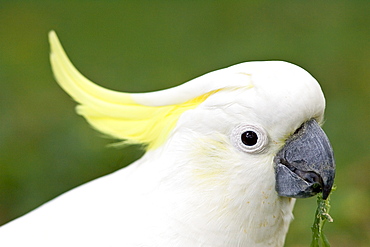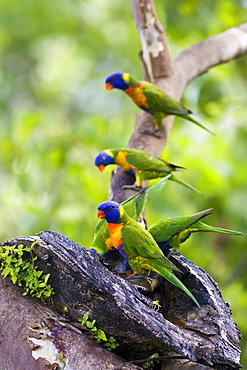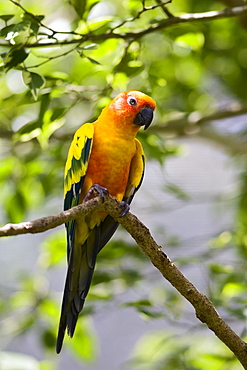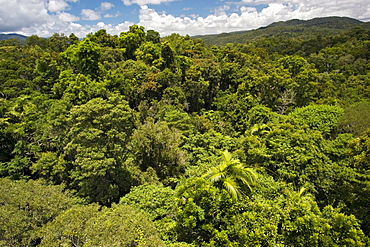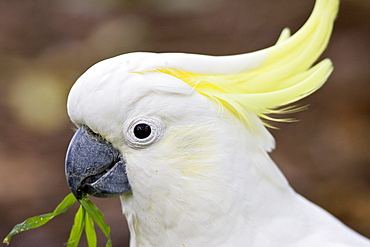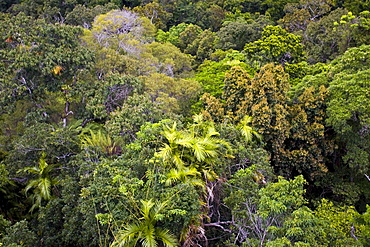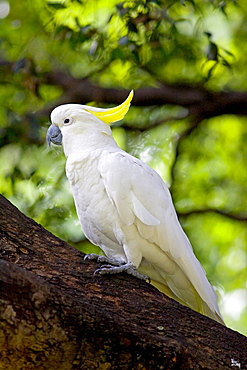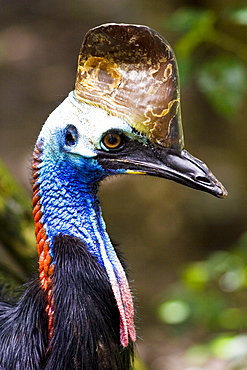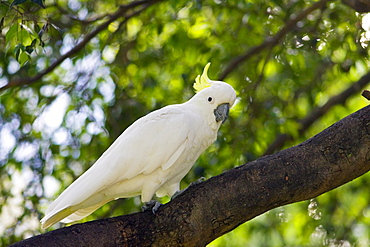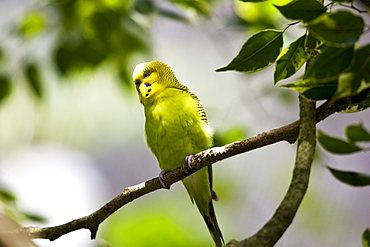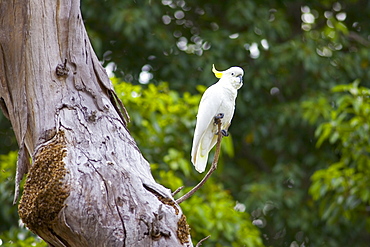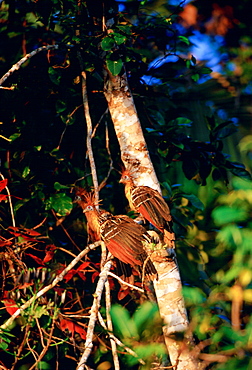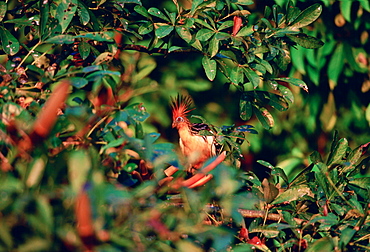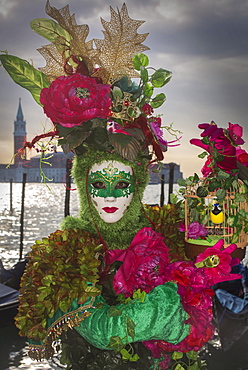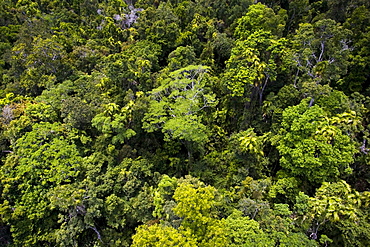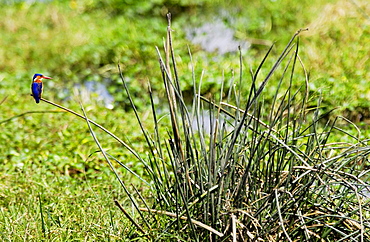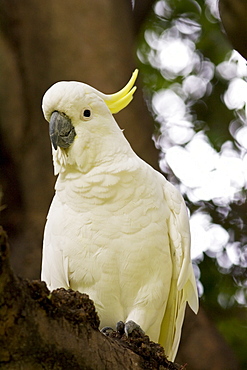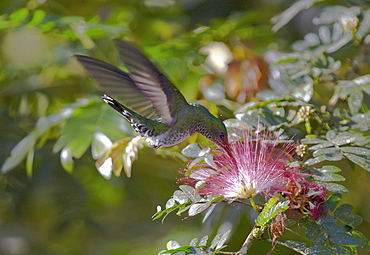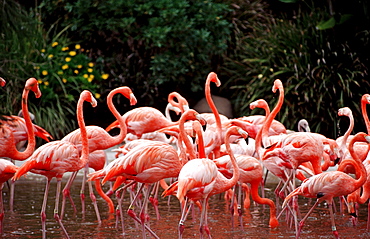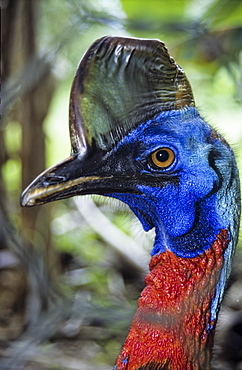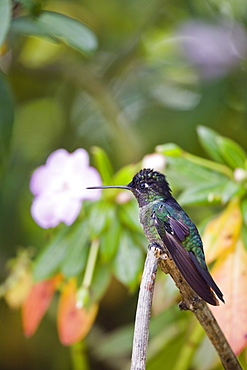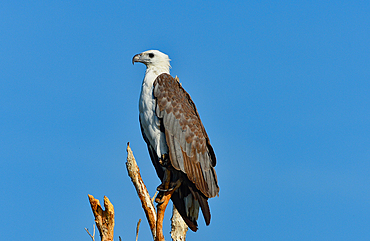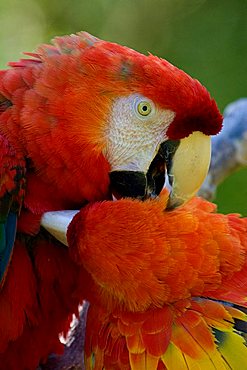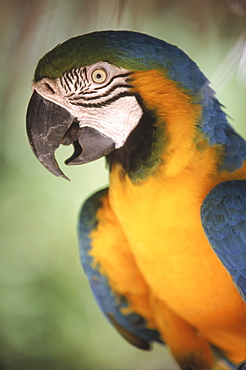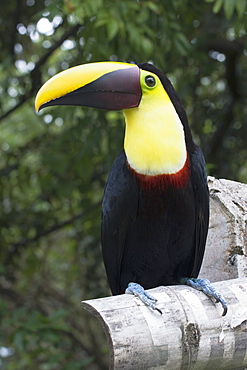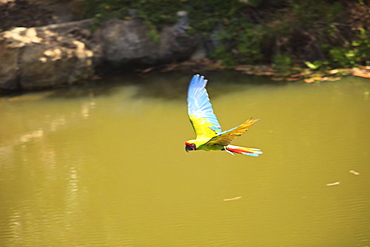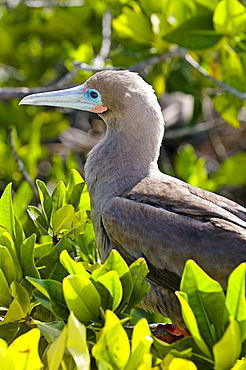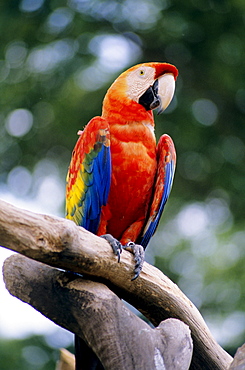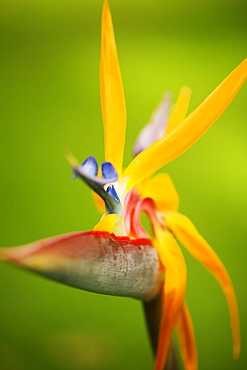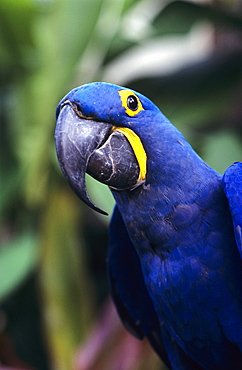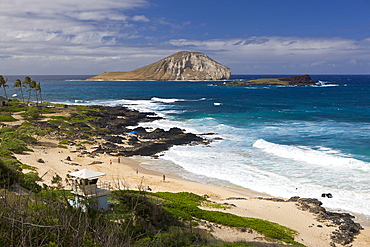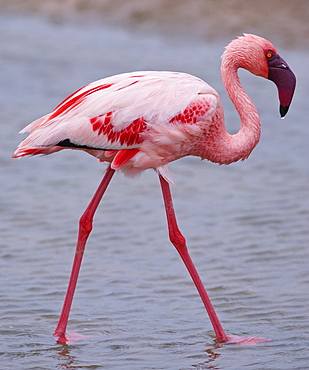Results
« Previous 1 2
143 results found
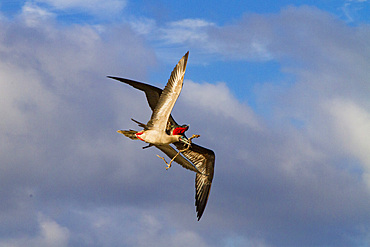
Adult red-footed booby (Sula sula) being attacked in flight by a great frigatebird (Fregata minor) in the Galapagos, UNESCO World Heritage Site, Ecuador, South America

Neotropic cormorant (Phalacrocorax brasilianus) (Phalacrocorax olivaceus) (Nannopterum brasilianum), Lake Sandoval, Tambopata National Reserve, Peru, South America
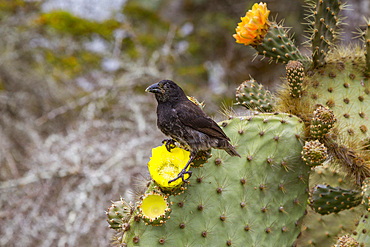
Adult cactus finch (Geospiza scandens), one of the 15 species of Darwin's finches, on Isla Santa Cruz, Galapagos Island Archipelago, UNESCO World Heritage Site, Ecuador, South America
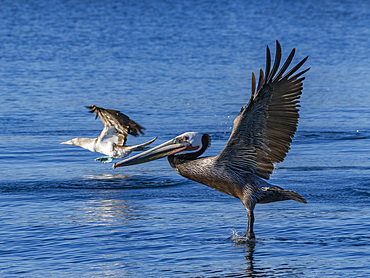
Adult brown pelican (Pelecanus occidentalis), taking flight on a small islet near Isla Salsipuedes, Baja California, Mexico, North America
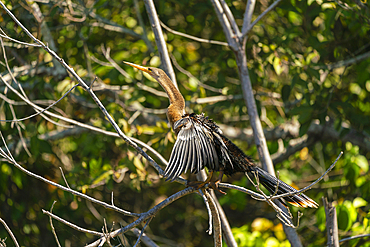
Anhinga (anhinga anhinga) perching on branch by Lake Sandoval, Tambopata National Reserve, Puerto Maldonado, Madre de Dios, Peru, South America
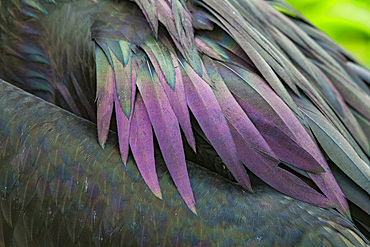
Male Great frigatebird (Fregata minor) in breeding plumage with greenish metalic sheen to feathers) North Seymour Island, Galapagos Islands, UNESCO World Heritage Site, Ecuador, South America
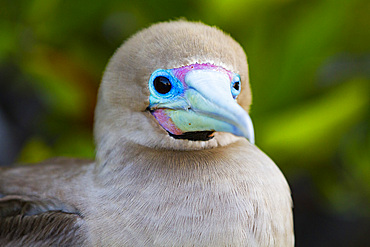
Adult red-footed booby (Sula sula) in the Galapagos Island Archipelago, UNESCO World Heritage Site, Ecuador, South America
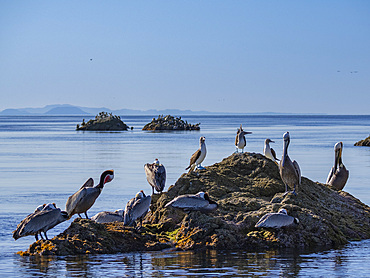
Blue-footed boobies (Sula nebouxii), on a small islet near Isla Salsipuedes, Baja California, Sea of Cortez, Mexico, North America

Male Great frigatebird (Fregata minor) in breeding plumage with red gular pouch, on North Seymour Island, Galapagos Islands, UNESCO World Heritage Site, Ecaudor, South America
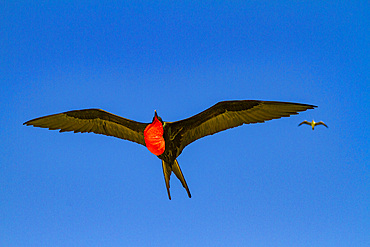
Male Great frigatebird (Fregata minor) in breeding plumage with red gular pouch, on Genovesa (Tower) Island, Galapagos Islands, UNESCO World Heritage Site, Ecuador, South America
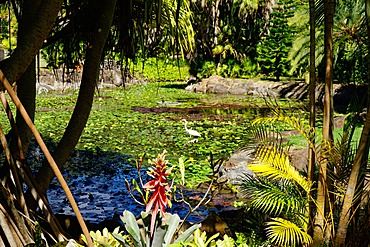
Nevis Botanical Garden, Nevis, St. Kitts and Nevis, Leeward Islands, West Indies, Caribbean, Central America
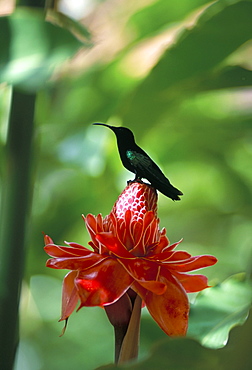
Blue headed colibri bird, Ancient Domaine Limbe, Sainte Marie Commune, Martinique, French Antilles, Caribbean, Central America
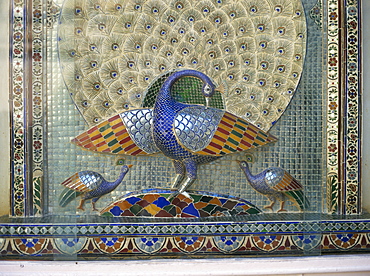
Glass mosaic peacock dating from the late 19th century, in City Palace (Mor Chowk), Udaipur, Rajasthan state, India, Asia
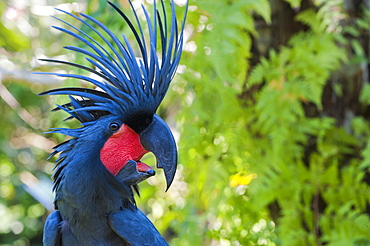
Palm cockatoo (great palm cockatoo) (Probosciger aterrimus), Bali Bird Park, Indonesia, Southeast Asia, Asia
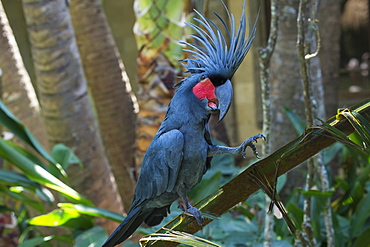
Palm cockatoo (great palm cockatoo) (Probosciger aterrimus), Bali Bird Park, Indonesia, Southeast Asia, Asia
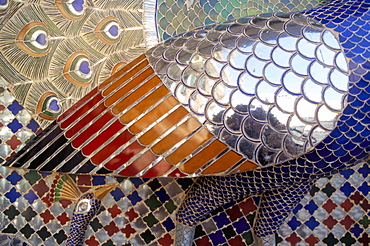
Close-up of decoration on the walls of the City Palace, built in 1775, Udaipur, Rajasthan state, India, Asia

Mexican aztec dress gods at Grand Palladium White Sand Resort and Spa in Riviera Maya, Yucatan Peninsula, Quintana Roo, Caribbean Coast, Mexico.
Aztec clothing was generally loose fitting and did not completely cover the body. When the Spanish arrived in Mexico, the people were surprised to see them in their full armour, with only their faces exposed.
Aztec clothes were generally made of cotton (which was imported) or ayate fiber, made from the Maguey Cactus (also called the Century Plant or American Aloe). Women would weave the fibers into clothing, a task girls were taught as young teenagers. Because of their vast trading network, the Aztecs were able to make use of a beautiful array of dyes, creating the brilliant
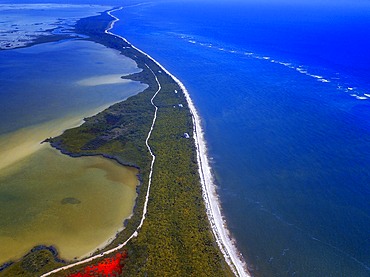
Aerial view of Punta Allen Sian Ka'an Reserve, Yucatan Peninsula, Mexico. Red lagoon near Boca Paila Bridge.
In the language of the Mayan peoples who once inhabited this region, Sian Ka'an means Origin of the Sky. Located on the east coast of the Yucatán peninsula, this biosphere reserve contains tropical forests, mangroves and marshes, as well as a large marine section intersected by a barrier reef. It provides a habitat for a remarkably rich flora and a fauna comprising more than 300 species of birds, as well as a large number of the region's characteristic terrestrial vertebrates, which cohabit in the diverse environment formed by its complex hydrological system.
Along its roughly 120 kilometres of coastline, the property covers over 400,000 hectares of land ranging from sea level to only ten m.a.s.l. The property boasts diverse tropical forests, palm savannah, one of the most pristine wetlands in the region, lagoons, extensive mangrove stands, as well as sandy beaches and dunes. The 120,000 hectares of marine area protect a valuable part of the Mesoamerican Barrier Reef and seagrass beds in the shallow bays. The lush green of the forests and the many shades of blue of the lagoons and the Caribbean Sea under a wide sky offer fascinating visual impressions.
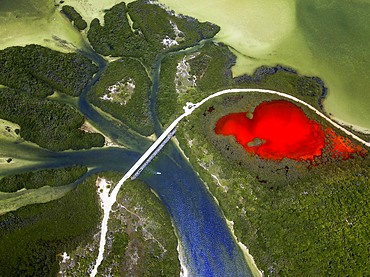
Aerial view of Punta Allen Sian Ka'an Reserve, Yucatan Peninsula, Mexico. Red lagoon near Boca Paila Bridge.
In the language of the Mayan peoples who once inhabited this region, Sian Ka'an means Origin of the Sky. Located on the east coast of the Yucatán peninsula, this biosphere reserve contains tropical forests, mangroves and marshes, as well as a large marine section intersected by a barrier reef. It provides a habitat for a remarkably rich flora and a fauna comprising more than 300 species of birds, as well as a large number of the region's characteristic terrestrial vertebrates, which cohabit in the diverse environment formed by its complex hydrological system.
Along its roughly 120 kilometres of coastline, the property covers over 400,000 hectares of land ranging from sea level to only ten m.a.s.l. The property boasts diverse tropical forests, palm savannah, one of the most pristine wetlands in the region, lagoons, extensive mangrove stands, as well as sandy beaches and dunes. The 120,000 hectares of marine area protect a valuable part of the Mesoamerican Barrier Reef and seagrass beds in the shallow bays. The lush green of the forests and the many shades of blue of the lagoons and the Caribbean Sea under a wide sky offer fascinating visual impressions.
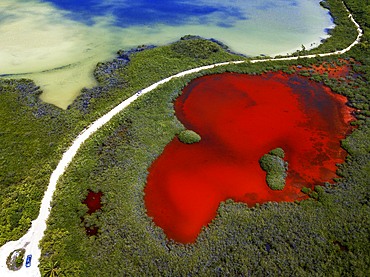
Aerial view of Punta Allen Sian Ka'an Reserve, Yucatan Peninsula, Mexico. Red lagoon near Boca Paila Bridge.
In the language of the Mayan peoples who once inhabited this region, Sian Ka'an means Origin of the Sky. Located on the east coast of the Yucatán peninsula, this biosphere reserve contains tropical forests, mangroves and marshes, as well as a large marine section intersected by a barrier reef. It provides a habitat for a remarkably rich flora and a fauna comprising more than 300 species of birds, as well as a large number of the region's characteristic terrestrial vertebrates, which cohabit in the diverse environment formed by its complex hydrological system.
Along its roughly 120 kilometres of coastline, the property covers over 400,000 hectares of land ranging from sea level to only ten m.a.s.l. The property boasts diverse tropical forests, palm savannah, one of the most pristine wetlands in the region, lagoons, extensive mangrove stands, as well as sandy beaches and dunes. The 120,000 hectares of marine area protect a valuable part of the Mesoamerican Barrier Reef and seagrass beds in the shallow bays. The lush green of the forests and the many shades of blue of the lagoons and the Caribbean Sea under a wide sky offer fascinating visual impressions.
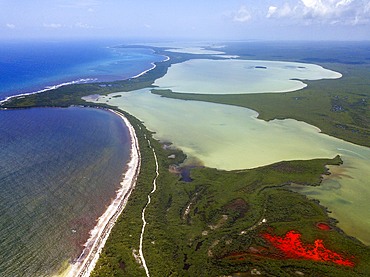
Aerial view of Punta Allen Sian Ka'an Reserve, Yucatan Peninsula, Mexico. Red lagoon near Boca Paila Bridge.
In the language of the Mayan peoples who once inhabited this region, Sian Ka'an means Origin of the Sky. Located on the east coast of the Yucatán peninsula, this biosphere reserve contains tropical forests, mangroves and marshes, as well as a large marine section intersected by a barrier reef. It provides a habitat for a remarkably rich flora and a fauna comprising more than 300 species of birds, as well as a large number of the region's characteristic terrestrial vertebrates, which cohabit in the diverse environment formed by its complex hydrological system.
Along its roughly 120 kilometres of coastline, the property covers over 400,000 hectares of land ranging from sea level to only ten m.a.s.l. The property boasts diverse tropical forests, palm savannah, one of the most pristine wetlands in the region, lagoons, extensive mangrove stands, as well as sandy beaches and dunes. The 120,000 hectares of marine area protect a valuable part of the Mesoamerican Barrier Reef and seagrass beds in the shallow bays. The lush green of the forests and the many shades of blue of the lagoons and the Caribbean Sea under a wide sky offer fascinating visual impressions.
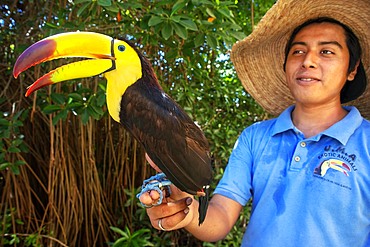
A Mexican staff member holds a tucan at Grand Palladium White Sand Resort and Spa in Riviera Maya, Yucatan Peninsula, Quintana Roo, Caribbean Coast, Mexico

Palms and old pier in Punta Allen Sian Ka'an Reserve, Yucatan Peninsula, Mexico.
In the language of the Mayan peoples who once inhabited this region, Sian Ka'an means Origin of the Sky. Located on the east coast of the Yucatán peninsula, this biosphere reserve contains tropical forests, mangroves and marshes, as well as a large marine section intersected by a barrier reef. It provides a habitat for a remarkably rich flora and a fauna comprising more than 300 species of birds, as well as a large number of the region's characteristic terrestrial vertebrates, which cohabit in the diverse environment formed by its complex hydrological system.
Along its roughly 120 kilometres of coastline, the property covers over 400,000 hectares of land ranging from sea level to only ten m.a.s.l. The property boasts diverse tropical forests, palm savannah, one of the most pristine wetlands in the region, lagoons, extensive mangrove stands, as well as sandy beaches and dunes. The 120,000 hectares of marine area protect a valuable part of the Mesoamerican Barrier Reef and seagrass beds in the shallow bays. The lush green of the forests and the many shades of blue of the lagoons and the Caribbean Sea under a wide sky offer fascinating visual impressions.

Mexican aztec dress gods at Grand Palladium White Sand Resort and Spa in Riviera Maya, Yucatan Peninsula, Quintana Roo, Caribbean Coast, Mexico.
Aztec clothing was generally loose fitting and did not completely cover the body. When the Spanish arrived in Mexico, the people were surprised to see them in their full armour, with only their faces exposed.
Aztec clothes were generally made of cotton (which was imported) or ayate fiber, made from the Maguey Cactus (also called the Century Plant or American Aloe). Women would weave the fibers into clothing, a task girls were taught as young teenagers. Because of their vast trading network, the Aztecs were able to make use of a beautiful array of dyes, creating the brilliant

Albatros. Tourists on a snorkeling excursion to view black tipped sharks and sting rays in the shallow waters of the Bora Bora lagoon, Moorea, French Polynesia, Society Islands, South Pacific. Cook's Bay.
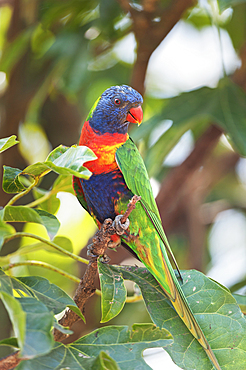
Rainbow Lorikeet (Trichoglossus haematodus) sitting on a twig, Lone Pine Koala Sanctuary, Brisbane, Queensland, Australia
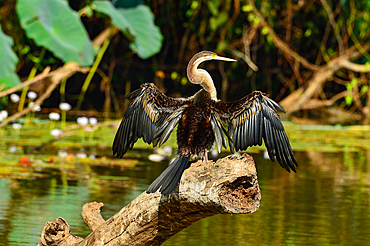
A bird dries in the sunlight by the river, Cooinda, Kakadu National Park, Northern Territory, Australia
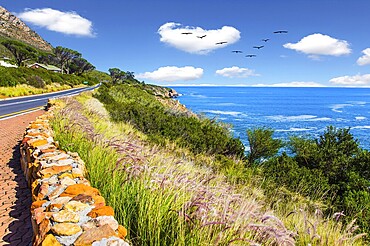
Place where two oceans meet. Triangular flock of migratory birds over the surf. Mysterious South Africa. The concept of extreme and exotic tourism

Black-mandibled toucan (Ramphastos ambiguus) sitting on branch, rainforest, Costa Rica, Central America

Roatan, Bay Islands, Honduras; Scarlet Macaw (Ara Macao) In The Rehab Center & Forest Preserve On Mango Key Across From Coxen Hole

Two Exotic Birds, Mountain Parakeets (Psilopsiagon Aurifrons), At The Entrance Of Their Nest, Mendoza, Argentina
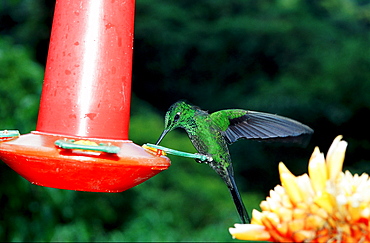
HUMMINGBIRD, Coppery headed Emerald, Costa Rica, South america, La Paz Waterfall Gardens, Peace Lodge

